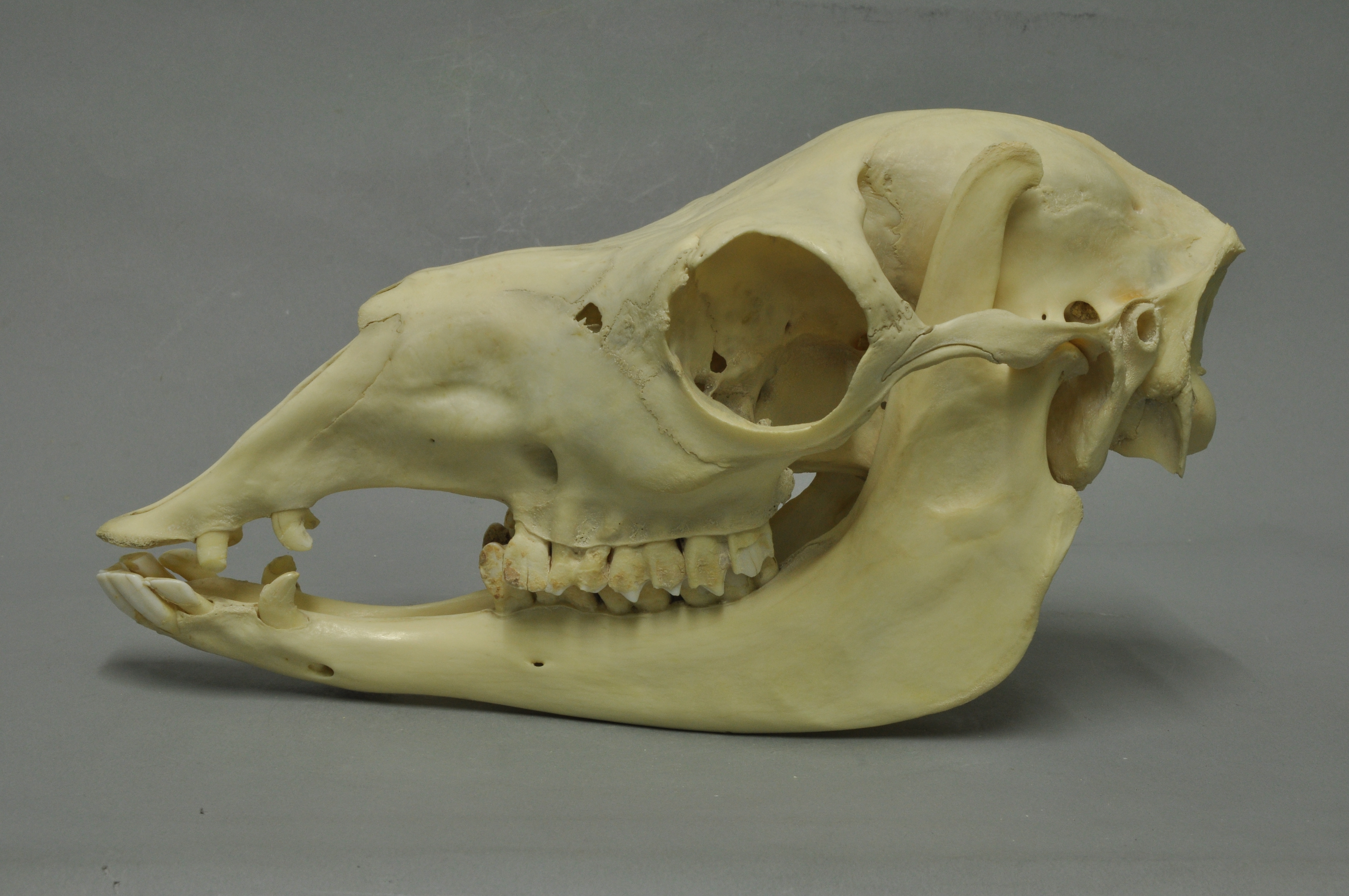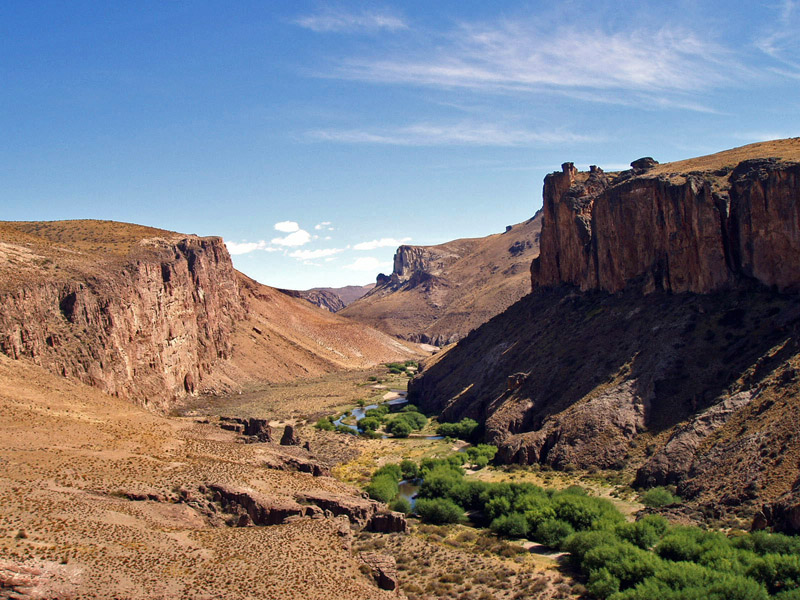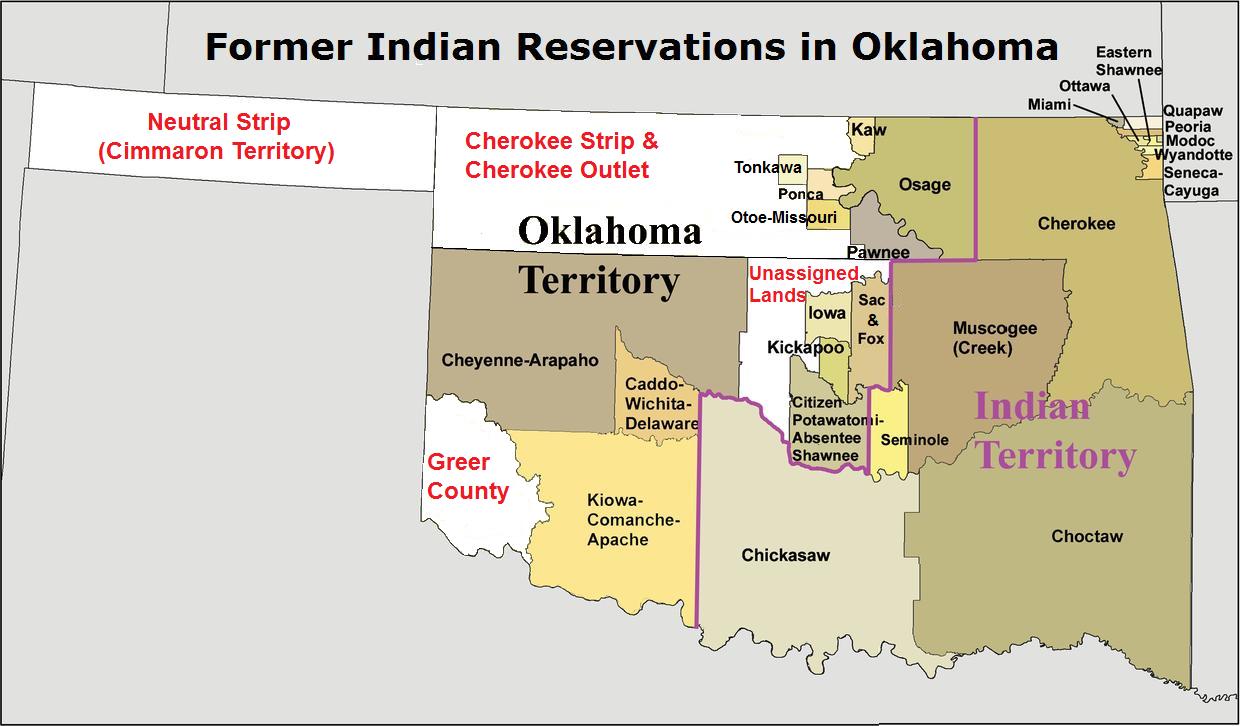|
Timeline Of Native American Art History
This is a chronological list of significant or pivotal moments in the development of Native American art or the visual arts of the Indigenous peoples of the Americas. Earlier dates, especially before the 18th century, are mostly approximate. Before common era * 33,950–15,050 BCE: Artists paints hundreds of images at Serra da Capivara, Piauí, in northeastern Brazil. * 12,800–8,500 BCE: Artists etch the Winnemucca Lake petroglyphs, near Reno, Nevada. * 11,000 BCE: Megafauna bone etched with a profile image of a walking mammoth and cross-hatched designs left near Vero Beach, Florida is the oldest known portable art in the Americas * 10,000–7000 BCE: "Horny Little Man," a petroglyph depicting a stick figure with an oversized phallus, is carved in Lapa do Santo, a cave in central-eastern Brazil, is the oldest reliably dated rock art in the Americas. * 9250–8950 BCE: Clovis points - thin, fluted projectile points created using bifacial percussion flaking - are created by ... [...More Info...] [...Related Items...] OR: [Wikipedia] [Google] [Baidu] |
Native American Art
The visual arts of the Indigenous peoples of the Americas encompasses the visual artistic practices of the Indigenous peoples of the Americas from ancient times to the present. These include works from South America and North America, which includes Central America and Greenland. The Siberian Yupiit, who have great cultural overlap with Native Alaskan Yupiit, are also included. Indigenous American visual arts include portable arts, such as painting, Basket weaving, basketry, Textile, textiles, or photography, as well as monumental works, such as architecture, land art, public sculpture, or Mural, murals. Some Indigenous art forms coincide with Western art forms; however, some, such as porcupine quillwork or birchbark biting are unique to the Americas. Indigenous art of the Americas has been collected by Europeans since sustained contact in 1492 and joined collections in cabinet of curiosities, cabinets of curiosities and early museums. More conservative Western art museums hav ... [...More Info...] [...Related Items...] OR: [Wikipedia] [Google] [Baidu] |
Winnemucca Lake
Winnemucca Lake is a dry lake bed in northwest Nevada that features the oldest known Petroglyph#North America, petroglyphs in North America. Located astride the border between Washoe County, Nevada, Washoe and Pershing County, Nevada, Pershing counties, it was a shallow lake until the 1930s, but was dried when a dam and a road were built that combined to restrict and block water flow. It was formerly designated as a National Wildlife Refuge, but its status as a refuge was removed due to the lack of water. Winnemucca Lake is home to several petroglyphs long believed to be very old. In 2013, researchers dated the carvings to between 14,800 and 10,500 years ago. Either date would make them the oldest known petroglyphs found in North America. The carvings lie within the Pyramid Lake Indian Reservation. Note: There is another lake, having the same name of "Winnemucca Lake" in California, near the Carson pass (coordinates: 38°40'10.80"N, 119°59'36.59"W). Geography Winnemucca La ... [...More Info...] [...Related Items...] OR: [Wikipedia] [Google] [Baidu] |
Herringbone Pattern
The herringbone pattern is an arrangement of rectangles used for floor tilings and road pavement, so named for a fancied resemblance to the bones of a fish such as a herring. The blocks can be rectangles or parallelograms. The block edge length ratios are usually 2:1, and sometimes 3:1, but need not be even ratios. The herringbone pattern has a symmetry of wallpaper group pgg, as long as the blocks are not of different color (i.e., considering the borders alone). Herringbone patterns can be found in wallpaper, mosaics, seating, cloth and clothing ( herringbone cloth), shoe tread, security printing, herringbone gears, jewellery, sculpture, and elsewhere. Examples Related tilings As a geometric tessellation, the herringbone pattern is topologically identical to the regular hexagonal tiling. This can be seen if the rectangular blocks are distorted slightly. In parquetry, more casually known as flooring, herringbone patterns can be accomplished in wood, brick, and til ... [...More Info...] [...Related Items...] OR: [Wikipedia] [Google] [Baidu] |
Rhea (bird)
The rhea ( ), also known as the ñandu ( ) or South American ostrich, is a South American ratite (flightless bird without a keel on the sternum bone) of the order Rheiformes. They are distantly related to the two African ostriches and Australia's emu (the largest, second-largest and third-largest living ratites, respectively), with rheas placing just behind the emu in height and overall size. Most taxonomic authorities recognize two extant species: the greater or American rhea (''Rhea americana''), and the lesser or Darwin's rhea (''Rhea pennata''). The International Union for Conservation of Nature (IUCN) classifies the puna rhea as another species instead of a subspecies of the lesser rhea. The IUCN currently rates the greater and puna rheas as near-threatened in their native ranges, while Darwin's rhea is of least concern, having recovered from past threats to its survival. In addition, the feral population of the greater rhea in Germany appears to be growing. However, co ... [...More Info...] [...Related Items...] OR: [Wikipedia] [Google] [Baidu] |
Guanaco
The guanaco ( ; ''Lama guanicoe'') is a camelid native to South America, closely related to the llama. Guanacos are one of two wild South American camelids; the other species is the vicuña, which lives at higher elevations. Etymology The guanaco gets its name from the Quechua word ''wanaku''. Young guanacos are called ''chulengos'' or "guanaquitos". Characteristics Guanacos stand between at the shoulder, body length of , and weigh . Their color varies very little (unlike the domestic llama), ranging from a light brown to dark cinnamon and shading to white underneath. Guanacos have grey faces and small, straight ears. The lifespan of a guanaco can be as long as 28 years. Guanacos are one of the largest terrestrial mammals native to South America today.San Diego Zoo's Animal Bytes Other terrestrial mammalian [...More Info...] [...Related Items...] OR: [Wikipedia] [Google] [Baidu] |
Argentina
Argentina, officially the Argentine Republic, is a country in the southern half of South America. It covers an area of , making it the List of South American countries by area, second-largest country in South America after Brazil, the fourth-largest country in the Americas, and the List of countries and dependencies by area, eighth-largest country in the world. Argentina shares the bulk of the Southern Cone with Chile to the west, and is also bordered by Bolivia and Paraguay to the north, Brazil to the northeast, Uruguay and the South Atlantic Ocean to the east, and the Drake Passage to the south. Argentina is a Federation, federal state subdivided into twenty-three Provinces of Argentina, provinces, and one autonomous city, which is the federal capital and List of cities in Argentina by population, largest city of the nation, Buenos Aires. The provinces and the capital have their own constitutions, but exist under a Federalism, federal system. Argentina claims sovereignty ov ... [...More Info...] [...Related Items...] OR: [Wikipedia] [Google] [Baidu] |
Perito Moreno, Santa Cruz
Perito Moreno is a town in the northwest of Santa Cruz Province, Argentina, 25 km east of Lake Buenos Aires. It should not be confused with the Perito Moreno National Park over 300 km south by road, or the Perito Moreno Glacier near El Calafate. The town is the capital of the Lago Buenos Aires Department. It lies on the RN43, a paved road which links Caleta Olivia on the Atlantic coast to Los Antiguos and the Chilean frontier 60 km west, and Ruta 40, running north and south. The town is a centre of cattle ranches and smallholdings producing fruit and vegetables. Tourism is also an important industry. Perito Moreno is the closest town to Cueva de las Manos, 170 km south by road, and Parque Laguna. In the 2010 census the town had a population of 4,617. History The town was founded in 1910, as a rest stop for travellers by the springs which give rise to the Rio Deseado. The place was called Pari-Aike (meaning "place of reeds") by the Tehuelche, bu ... [...More Info...] [...Related Items...] OR: [Wikipedia] [Google] [Baidu] |
Cueva De Las Manos
Cueva de las Manos ( Spanish for Cave of the Hands or Cave of Hands) is a cave and complex of rock art sites in the province of Santa Cruz, Argentina, south of the town of Perito Moreno. It is named for the hundreds of paintings of hands stenciled, in multiple collages, on the rock walls. The art was created in several waves between 7,300 BC and 700 AD, during the Archaic period of pre-Columbian South America. The age of the paintings was calculated from the remains of bone pipes used for spraying the paint on the wall of the cave to create the artwork, radiocarbon dating of the artwork, and stratigraphic dating. The site is considered by some scholars to be the best material evidence of early South American hunter-gatherer groups. Argentine surveyor and archaeologist Carlos J. Gradin and his team conducted the most important research on the site in 1964, when they began excavating sites during a 30-year study of cave art in and around Cueva de las Manos. The site is a ... [...More Info...] [...Related Items...] OR: [Wikipedia] [Google] [Baidu] |
Toquepala Caves
Toquepala Caves are located near Toquepala mine, about from the city of Tacna, in the extreme southeast of Peru. They are notable for a number of rock paintings. The best known of them is the cave named ''Abrigo del Diablo'' ("Devil's rock face"). Geography Situated in the western Andes, they are in the Moquegua Region of the Osmore River. Located at an elevation of ( is also mentioned in another source), they are two small caves each in size, with a depth of . The two Toquepala Caves in the high Sierra are located near the Quebrada Cimarron or along the Rio Locumba, which is a dry stream flowing from the Sierra to the desert. The best known of the caves is "Abrigo del Diablo". History The caves were seasonally occupied. The art attained its peak when the Collawa ethnic group lived here during the Paleolithic or Stone Age period. Archaeological research in the region revolved around the Asana site, as well as the Middle Horizon (500-1000AD) and the lower valley pre-Hi ... [...More Info...] [...Related Items...] OR: [Wikipedia] [Google] [Baidu] |
Cave Painting
In archaeology, cave paintings are a type of parietal art (which category also includes petroglyphs, or engravings), found on the wall or ceilings of caves. The term usually implies prehistoric art, prehistoric origin. These paintings were often created by ''Human, Homo sapiens'', but also Denisovan, Denisovans and Neanderthal, Neanderthals; other species in the same ''Homo'' genus. Discussion around prehistoric art is important in understanding the history of ''Homo sapiens'' and how human beings have come to have unique abstract thoughts. Some point to these prehistoric paintings as possible examples of creativity, spirituality, and sentimental thinking in prehistoric humans. The oldest known are more than 40,000 years old (art of the Upper Paleolithic) and found in the caves in the district of Maros (Sulawesi, Indonesia). The oldest are often constructed from hand stencils and simple geometric shapes.M. Aubert et al., "Pleistocene cave art from Sulawesi, Indonesia", ''Nature'' ... [...More Info...] [...Related Items...] OR: [Wikipedia] [Google] [Baidu] |
Oklahoma
Oklahoma ( ; Choctaw language, Choctaw: , ) is a landlocked U.S. state, state in the South Central United States, South Central region of the United States. It borders Texas to the south and west, Kansas to the north, Missouri to the northeast, Arkansas to the east, New Mexico to the west, and Colorado to the northwest. Partially in the western extreme of the Upland South, it is the List of U.S. states and territories by area, 20th-most extensive and the List of U.S. states and territories by population, 28th-most populous of the 50 United States. Its residents are known as Oklahomans and its capital and largest city is Oklahoma City. The state's name is derived from the Choctaw language, Choctaw words , 'people' and , which translates as 'red'. Oklahoma is also known informally by its List of U.S. state and territory nicknames, nickname, "The Sooner State", in reference to the Sooners, American pioneer, American settlers who staked their claims in formerly American Indian-o ... [...More Info...] [...Related Items...] OR: [Wikipedia] [Google] [Baidu] |
Cooper Bison Kill Site
The Cooper Bison Kill Site is an archaeological site near Fort Supply in Harper County, Oklahoma, United States. Located along the Beaver River, it was explored in 1993 and 1994 and found to contain artifacts of the Folsom tradition, dated at c.10800 BCE to c. 10,200 BCE in calibrated radiocarbon years. Findings include projectile points (for spears), the bow and arrow not yet being in use at this date.Cooper Bison Kill Site (34HP45) , Oklahoma Center for Geospatial Information. Accessed 2009-06-14. The projectile points are the results of hunters killing bison in an arroyo. Known artifacts at the site from this culture are believed to be the results of three different hunts. [...More Info...] [...Related Items...] OR: [Wikipedia] [Google] [Baidu] |







